I’ve no issue with the transition to electric cars but they are going to change the landscape. Certain types of car may no longer exist.
Sports cars like the Mazda MX-5 might be among them. It’s hard to make a lightweight roadster with a bulky battery.
Another endangered species is the hot hatch. Souped up, speedy versions of everyday superminis have been a staple of the Scottish motoring scene since the 1970s.
One of the best was the Ford Fiesta ST. Very sadly, Ford discontinued the Fiesta a couple of years ago, at the same time putting the hot hatch version to the sword.
The Ford Puma ST might be the next best thing. A crossover based on the same platform as the Fiesta, the Puma was crowned Scottish Car of the Year in 2020.
The judges – myself included – praised it for being an SUV that drives as nicely as the excellent hatchback it’s based on.
Under the bonnet
The Puma ST is the hot SUV version of the car. It shares a platform, engine and lots of other parts with the excellent Fiesta ST. For those who value practicality, it’s more spacious and has a larger boot than the Fiesta.
You have a choice of two engines. There’s a 1.5 litre with 197bhp or, more recently added to the range, 1.0 litre with 168bhp and mild hybrid technology.
I spent a week with the 1.0 litre version, which is only available with a seven-speed automatic gearbox.
It’s slightly slower than the 1.5 litre model, taking 7.4 seconds to do the 0-62mph sprint compared to 6.7 seconds.
It’s still pretty fast though. If you’d told me 10 years ago that a 1.0 litre car would be this quick I’d have laughed at you.
The small engine means good economy too. Over a week of driving in Dundee, Perthshire and Angus I was around 3mpg shy of the car’s official 44.8mpg figure.
Ride and handling
With their higher right height and taller roofline, SUVs don’t handle as well as hatchbacks. And the Puma ST doesn’t handle quite as well as the superb Fiesta ST. It comes very close though.
The steering is light but accurate. Grip is excellent and there’s no body roll unless you’re cornering extremely hard. It’s easy and fun to throw through a series of bends.
Some rival sports SUVs offer four-wheel drive but the Puma ST is front-wheel drive only. Not many buyers will need the extra traction – you’re not going to go off-road in it – and the lack of heavy four-wheel drive gubbins helps keep the car’s weight down.
The ST version has stiffer suspension than the standard Puma to boost its handling abilities. Its ride is firm but doesn’t feel harsh.
On poor quality, pothole-infested roads it’s not the most comfortable machine, but it does well on smoother surfaces. I did a couple of longer drives and didn’t find the journeys tiring.
What’s it like inside?
The interior is easy to differentiate from the standard Puma. There are figure-hugging Recaro sports seats, a flat-bottomed steering wheel, and lots of ST emblems scattered around.
The seats are heated (a must at this time of year in Scotland) and have adjustable lumbar support. Most people shouldn’t have difficulty finding a comfortable driving position.
Prices for the Puma ST start at around the £31,000 mark. That’s a full £12,000 cheaper than Volkswagen’s T-Roc R.
There’s an even bigger price gap between the Puma and the Audi SQ2 and Cupra Formentor, both of which cost upwards of £45,000.
Those cars all come with a good bit more power than the Puma as well as four-wheel drive, but even with that it’s hard to justify the additional outlay.
I never felt the Puma ST was lacking in power or needed four-wheel drive. A good chassis and strong driving dynamics are a lot more important than how many horses are under the bonnet or which wheels the engine powers.
The Ford Puma ST is a great car to drive and comes with an attractive price tag. That makes it one of the best Sports SUVs on the market.
Facts
Price: £31,760
0-62mph: 7.4 seconds
Top speed: 130mph
Economy: 44.8mpg
CO2 emissions: 144g/km
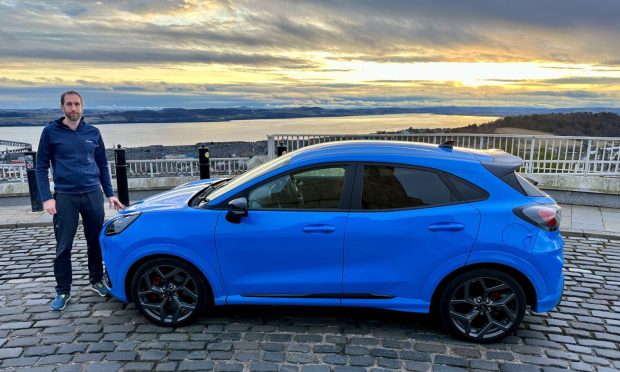
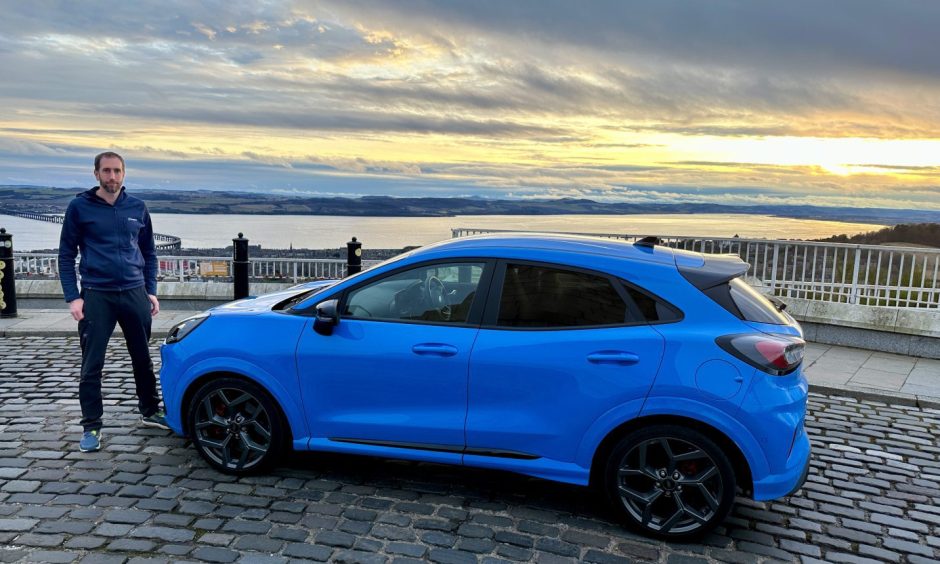

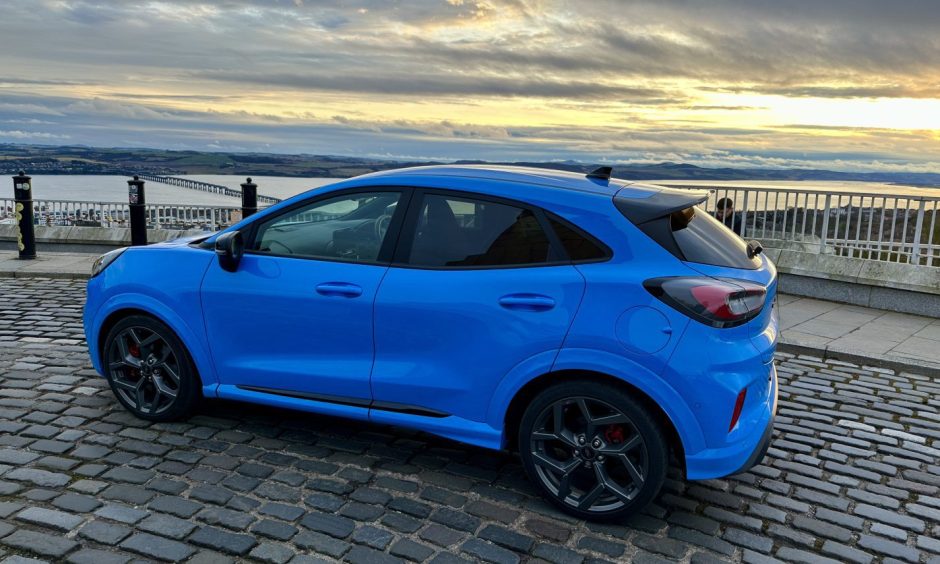
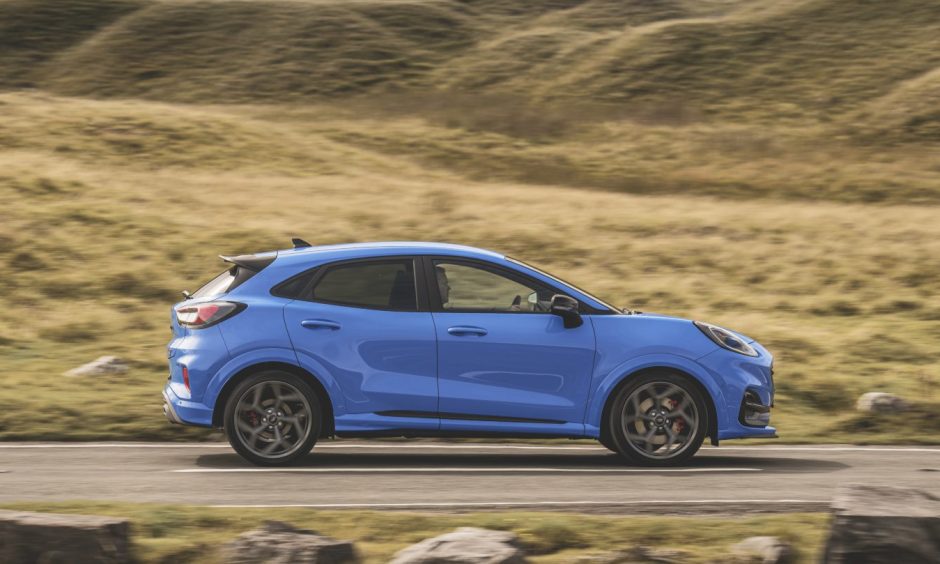
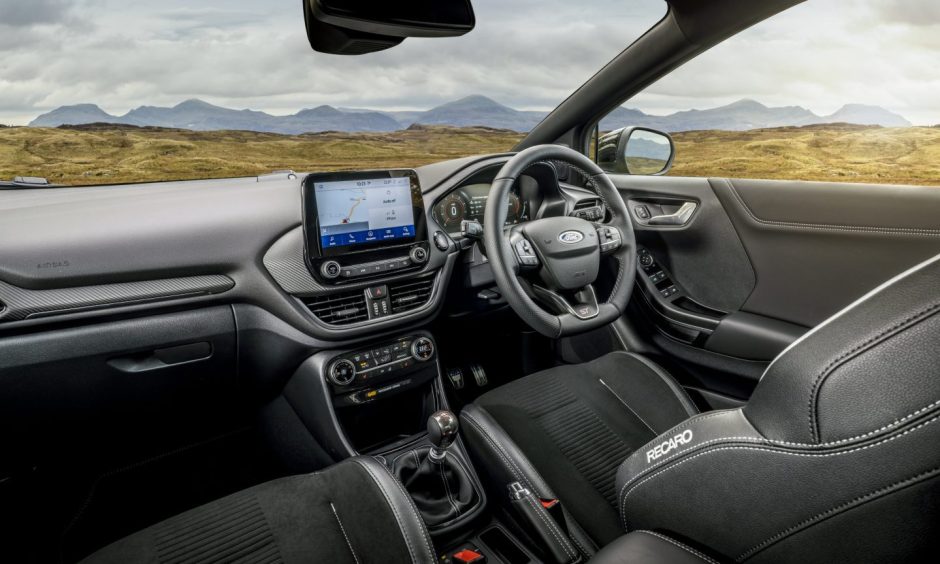
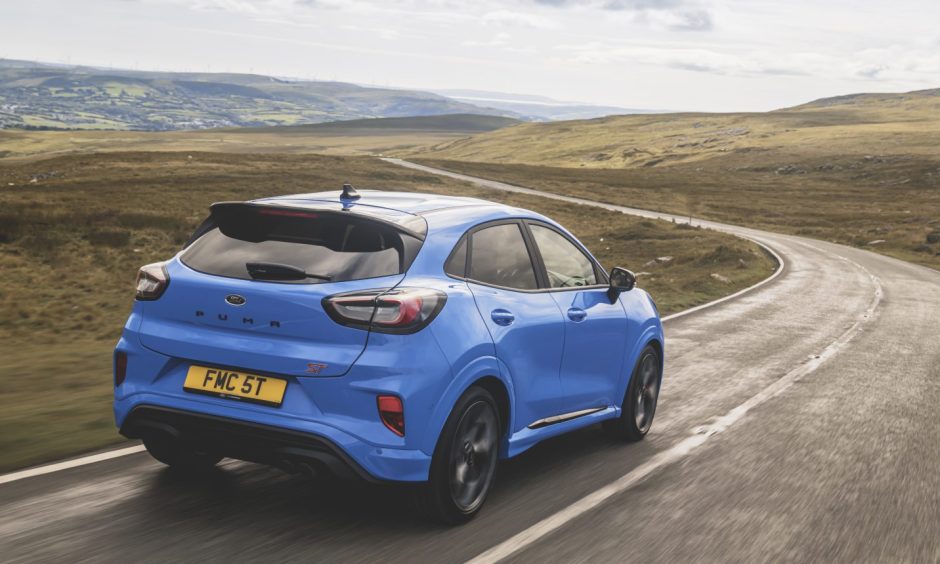
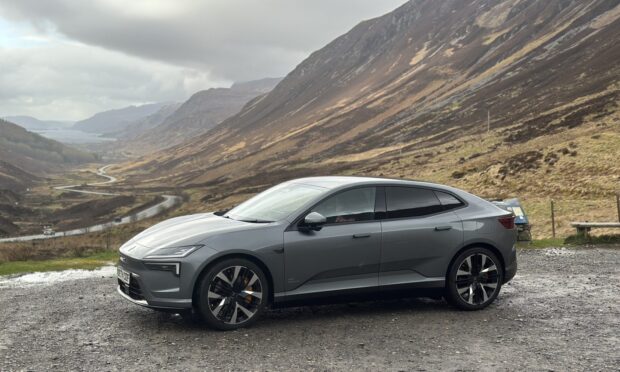
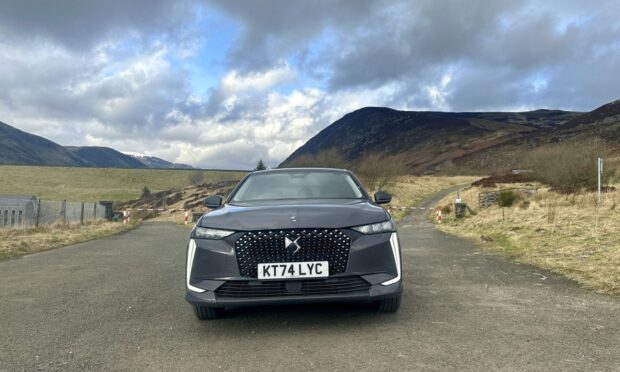

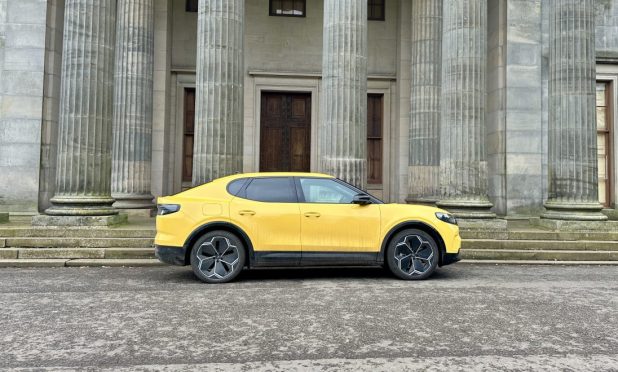


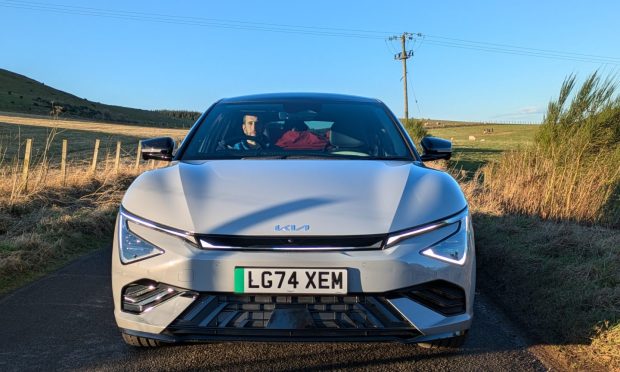
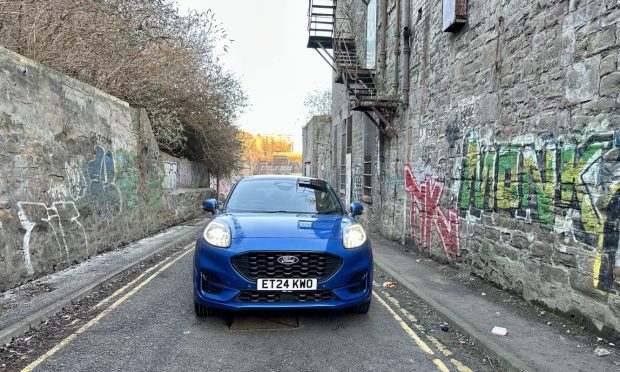
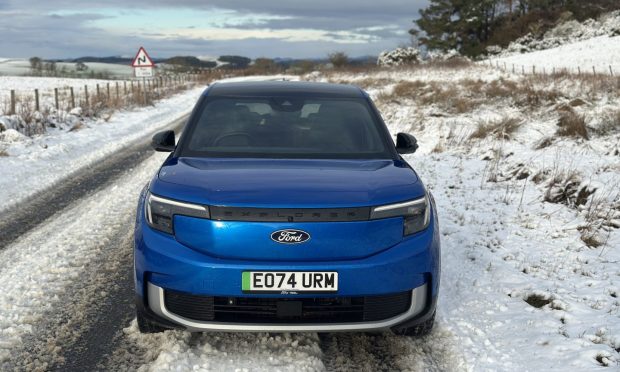

Conversation